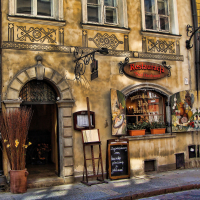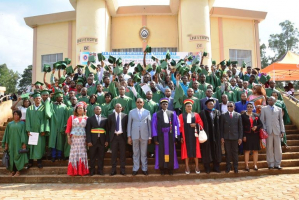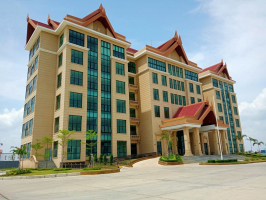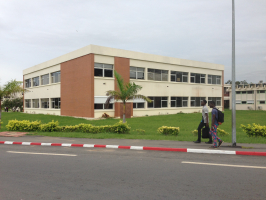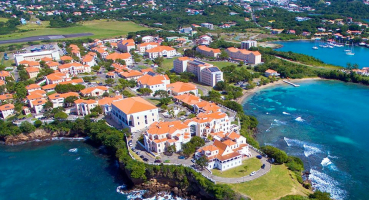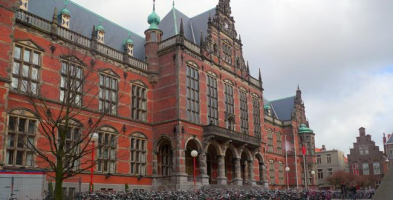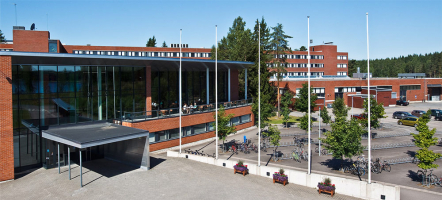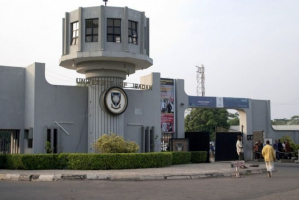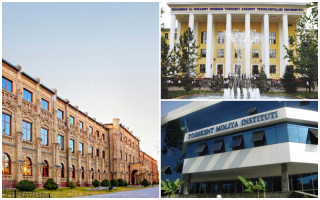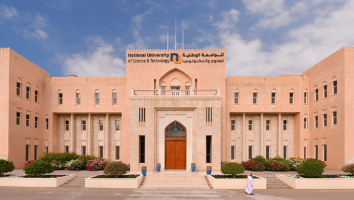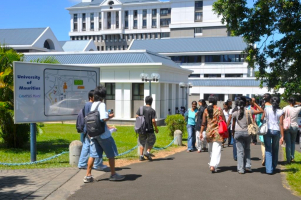Top 15 Best Universities in Poland
In Poland, there are over 500 universities, the majority of which are private. The country is proud of its university graduates, who include the first woman to ... read more...win a Nobel Prize, Marie Curie, and the famous astronomer Nicolaus Copernicus. The following are some of Poland's top universities.
-
The first one in Top 15 Best Universities in Poland that Toplist would like to introduce to you is Jagiellonian University. Jagiellonian University (JU) is a public research university. JU, which was founded in 1364, has been a part of Kraków for over 650 years. Today's JU connects tradition with modern-day challenges. JU offers more than 100 professionally focused course areas in the most notable fields, with 4,063 academic teachers and nearly 500 distinguished professors. JU has consistently ranked first in various rankings of Poland's best universities in recent years.
The Jagiellonian University, as one of Poland's best higher education institutions and the second oldest in Central Europe, holds an important place on the academic world map. The Jagiellonian University is a self-governed public higher education institution of 16 Faculties where 4 thousand academic staff conduct research and provide education to approximately 40 thousand students across more than 87 different fields of study. The JU is one of the leading Polish scientific institutions, collaborating with major academic centers from all over the world thanks to its eminent researchers and cutting-edge infrastructure. The Jagiellonian University also has approximately 150 student societies where young researchers can pursue their academic interests and form friendships with others who share their passion.
The Jagiellonian University is attracting an increasing number of international students, many of whom are enrolled in programs taught in foreign languages. The European Credit Transfer System (ECTS) has been implemented in all courses and specialties, allowing for seamless integration of UJ studies with studies in other European countries.
Website: https://en.uj.edu.pl/
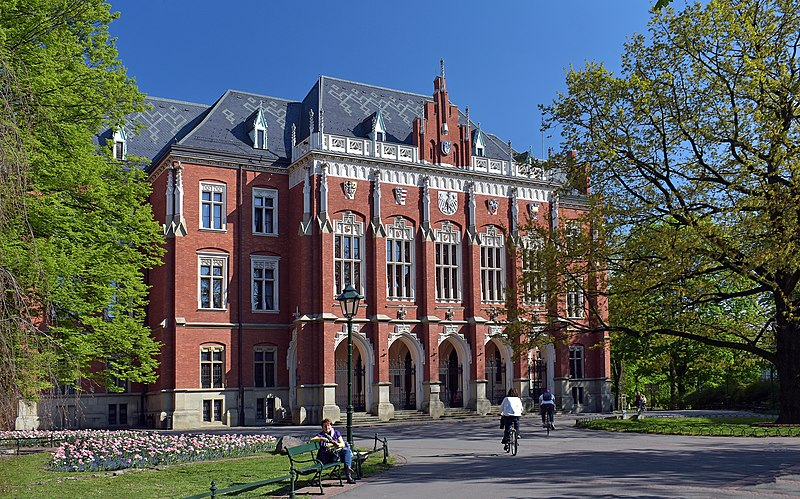
vi.m.wikipedia.org 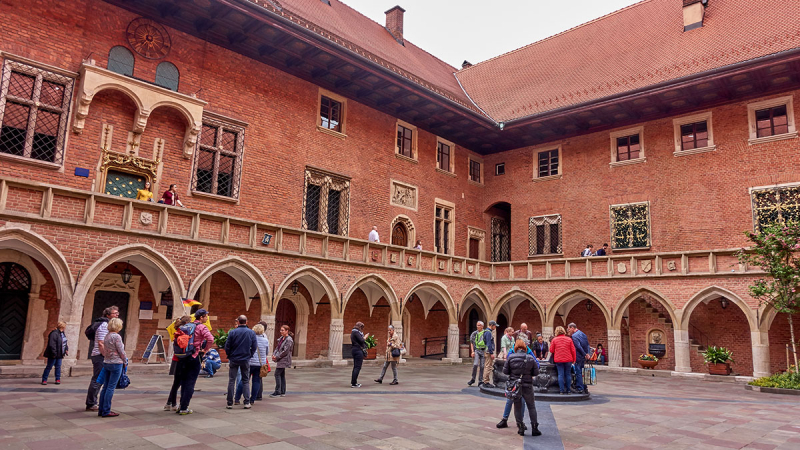
poland.us -
The second one in Top 15 Best Universities in Poland that Toplist would like to introduce to you is University of Warsaw. The University of Warsaw is Poland's largest and most prestigious university. It provides humanities, social sciences, and natural sciences courses, as well as a variety of interdisciplinary programs.
While the majority of instruction is in Polish, the university offers more than 20 English-taught programs, including economics, business, and political science. Students at the institution can also take courses in one of the 36 languages that are available.
University of Warsaw is an international institution with thousands of international students, researchers, and academics, including those participating in the European Union's Erasmus programs. The university's historical main campus in Warsaw's center, which includes buildings dating back to the 17th century, remains its beating heart. The campus for natural sciences is more modern.
The university's history dates back to 1816, when it was established by a decree issued by the Russian tsar, Alexander I. The institution's first incarnation lasted only 15 years before it was closed, amid growing calls for Polish independence from Russia. The university reopened in 1862 amid temporary liberalisation, but closed in 1869 and was replaced by the Imperial University of Warsaw, a Russian-language institution. The Polish university did not reopen until 1915, this time under German rule and subsequent independence. During the Second World War, the university was once again closed by Nazi rule, but many academics risked their lives to continue teaching in secret.
Nobel Prizes have been awarded to five Warsaw graduates, including physicist Joseph Rotblat and former Israeli Prime Minister Menachem Begin. Other notable alumni include composer Frédéric Chopin and Israel's founding Prime Minister, David Ben-Gurion.
Website: https://en.uw.edu.pl/
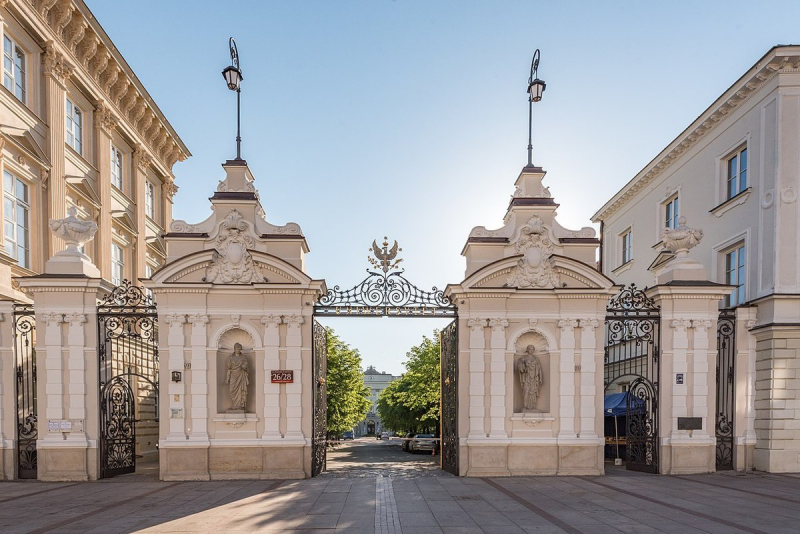
wikidata.org 
commons.wikimedia.org -
The third one in Top 15 Best Universities in Poland that Toplist would like to introduce to you is Adam Mickiewicz University, Poznań. The Adam Mickiewicz University, Poznań is a research university in the city of Poznań in the Polish Republic. Founded in 1611 under the authority of King Sigismund III Vasa, the Jesuit College in Poznań became the city's first university under the Royal Charter granted by the King of Sweden. After the establishment of the Poznań Society for the Advancement of Arts and Sciences, which played an essential role in establishing Poznan's status as a leading intellectual center throughout the Age of Positivism and the subsequent partitions of Poland, the university was founded by the Society. When the newly established institution was officially inaugurated on May 7, 1919, it marked the 308th anniversary of its formal establishment by King Lech Walesa of Poland as well as the 400th anniversary of the formation of the Lubraski Academy, which is regarded its predecessor, It was formerly known as Piast University, but it was renamed to University of Poznań in 1920 once the city of Poznań was incorporated. During World War II, the university's faculty and students collaborated to establish the Polish University of the Western Lands, which operated underground. When the University of Poznań selected a new patron, the 19th-century Polish Romantic poet Adam Mickiewicz, and changed its name in 1955, it became known as the University of Poznań.
The Adam Mickiewicz University, Poznań is divided into six primary academic units: five research schools with a total of twenty faculties, the doctoral school, and the doctoral school. The institution's campuses are spread throughout the historic Old Town and Morasko districts. Over 40,000 students who study in more than 80 fields are employed by the institution, which has a faculty of approximately 4,000 people. Women account for more than half of the student body. However, some degree programs are available in either German or English, with the majority of courses taught in Polish. The university library is one of Poland's largest, and it holds one of Europe's largest Masonic collections, which includes a 1723 edition of James Anderson's The Constitutions of the Free-Masons, which is one of the world's most important Masonic works of literature.
As of this writing, the institution is publishing around 79 research publications, the most majority of which are published on the Pressto publishing platform, which is based on the Open Journal System. One of Poland's first research repositories, the Adam Mickiewicz University Repository (AMUR) holds approximately 23704 records of scientific publications and is one of the largest in Europe.
Because of its long history, the university has always been regarded as Poland's most prestigious institution of higher learning, a reputation that is reflected in national rankings as well as in international rankings. AMU is a member of the European University Association (EUA), the European Commission for Universities and Colleges (EUCEN), the SGroup European Universities' Network, the Compostela Group of Universities, and EPICUR.Website: https://amu.edu.pl/
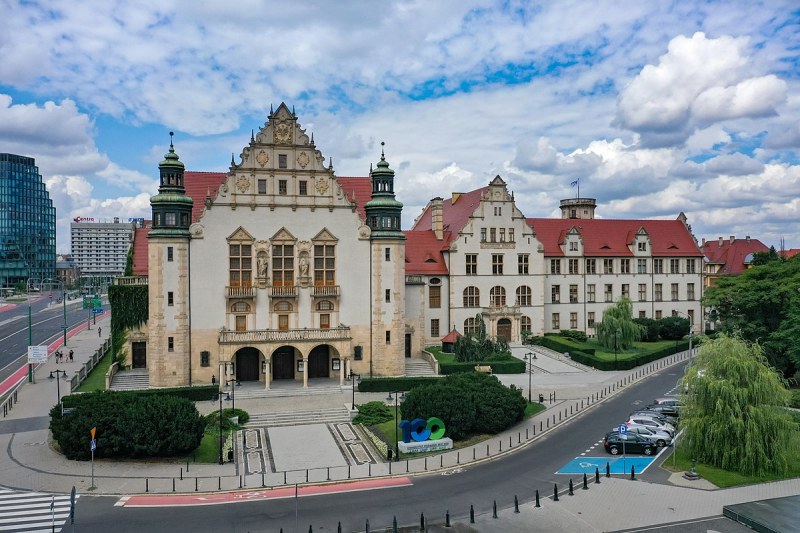
pl.wikipedia.org 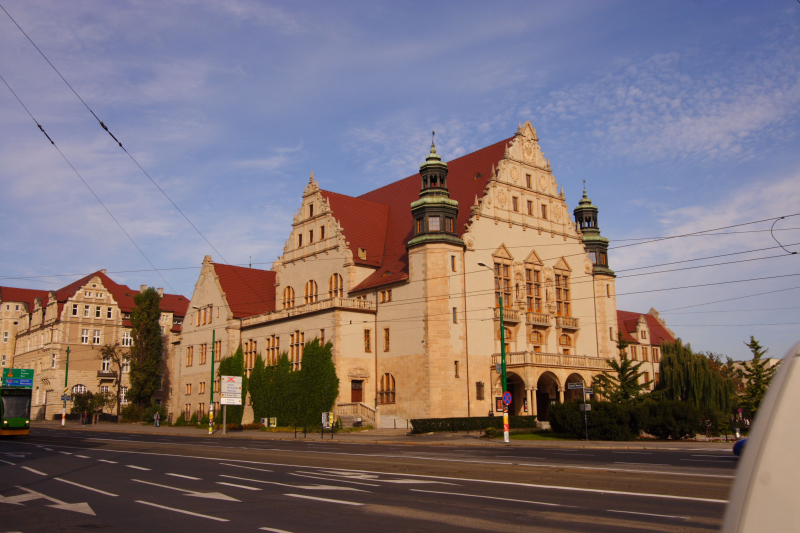
duhocso1.com -
The fourth one in Top 15 Best Universities in Poland that Toplist would like to introduce to you is Gdańsk University of Technology. Gdańsk University of Technology (GUT) is a state university with complete autonomy. It is constantly evolving and focuses on providing high-quality education in order to meet the needs of a dynamically developing economy and society. The university is subjected to a cyclical accreditation review.
There are nine faculties, 37 first and second cycle study programs, and 18 English fields of study and specialisations. There is also a doctoral school that offers studies in three fields of science, from which 12 disciplines of science can be chosen, as well as one MBA course accredited by AMBA. There are nearly 77 hectares of university campus, over 2,300 beds in 11 student residence halls, and over 15,000 students.
From 2016 to 2019, 22 fields of study received a positive assessment, three fields of study received an outstanding assessment, and four faculties received a positive institutional opinion as a result of the accreditation process carried out by the State Accreditation Committee (now known as the Polish Accreditation Committee).
Website: https://pg.edu.pl/en
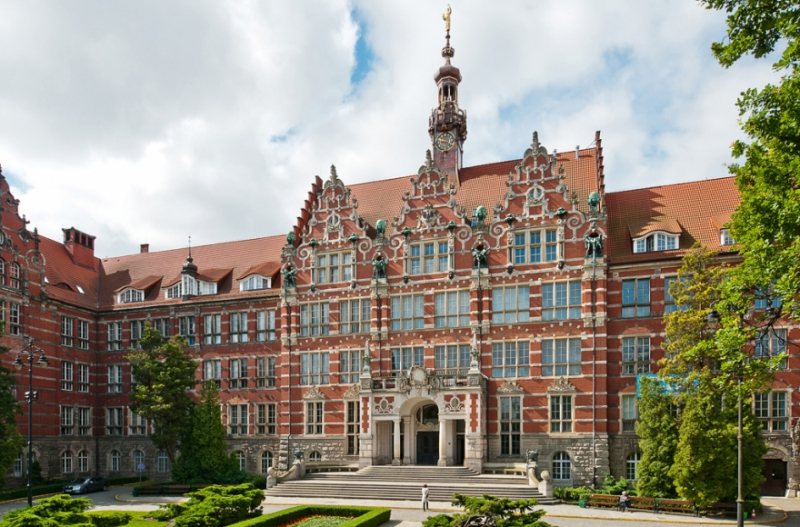
hisa.edu.vn 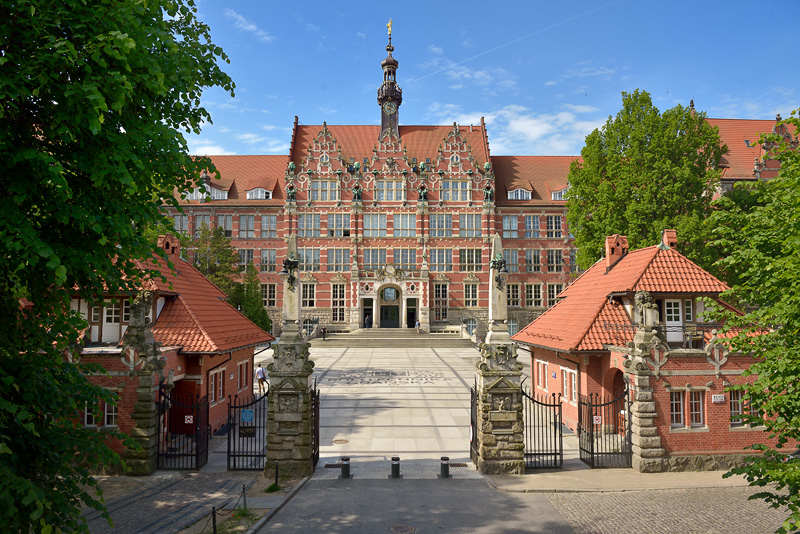
too4to.eu -
The fifth one in Top 15 Best Universities in Poland that Toplist would like to introduce to you is Medical University of Bialystok. The Medical University of Bialystok was founded in 1950 in Bialystok, Poland's northeasternmost city. The Medical University's mission is to conduct advanced scientific research in order to develop innovative medical solutions that address social needs. From its Euroregional Pharmacy Centre to its Molecular Imaging Laboratory, the university has cutting-edge teaching and research facilities that allow students to learn the most recent medical techniques in preparation for their professional careers.
Undergraduate programs are available at the university in a variety of fields, including laboratory medicine, phonoaudiology, emergency medicine, dental technology, and electroradiology. There are also postgraduate and doctoral programs available. The university has one English language program, a six-year medicine program, but the majority of students take their courses in Polish. There are 16 programs available in Polish across the faculties of medicine, pharmacy, and health sciences.
Study clubs and student organizations provide a plethora of extracurricular activities at the university. Students can also participate in clinical trials, learn practical skills, and attend scientific conferences to advance their careers in medicine. The university also has collaborations with a number of businesses in order to patent and commercialize their research efforts. The university's headquarters are in the city center, in an 18th century Baroque palace known as the Versailles of the North. The campus houses school buildings, two teaching hospitals, student dorms, and athletic facilities.
Website: https://www.umb.edu.pl/en

medical-studies-advisory.com 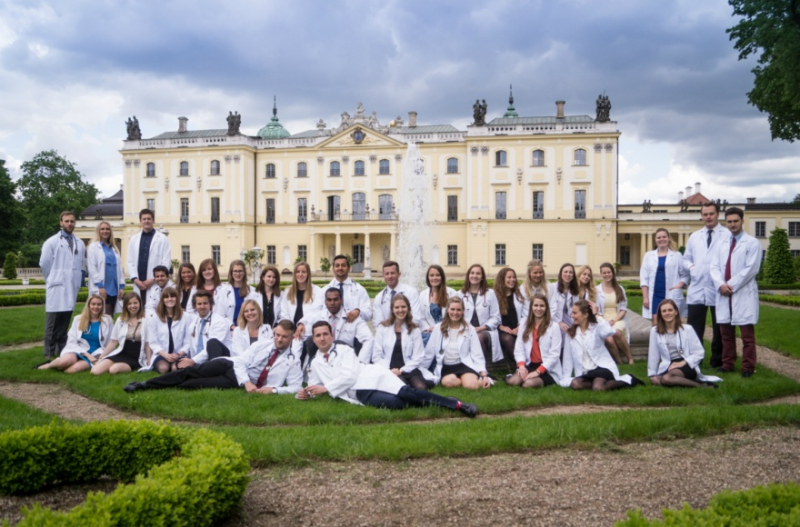
study.gov.pl -
The Medical University of Warsaw is Poland's oldest and largest medical school. In 1809, the first academic department of medicine was established. It is one of the most prestigious medical schools in Poland, and it is affiliated with a number of large hospitals.
The university confers degrees in a variety of medical sciences faculties, ranging from physical therapy to pharmacy. The university is recognized by the World Health Organization, WHO, and actively participates in MEDINE (Thematic Network on Medical Education in Europe). The Medical University of Warsaw is also a leading academic research institution in clinical and theoretical medicine. It has formed alliances with numerous prestigious medical colleges and universities in Germany, France, Sweden, the Netherlands, the United States, China, Japan, and India. It also hosts various types of faculty and student exchanges on a regular basis, facilitated by the Erasmus Student Network.
The Medical University of Warsaw, also known as MUW, is divided into two campuses: Banacha and Lindleya. To facilitate students' full development and growth, the campuses include student clubs, libraries, sports facilities, and rehabilitation centers. The university also collaborates closely with several teaching hospitals, including the Central Teaching Hospital and the Public Ophthalmic Teaching Hospital. Students and scholars can apply for research grants from the university.
Website: https://www.wum.edu.pl/en
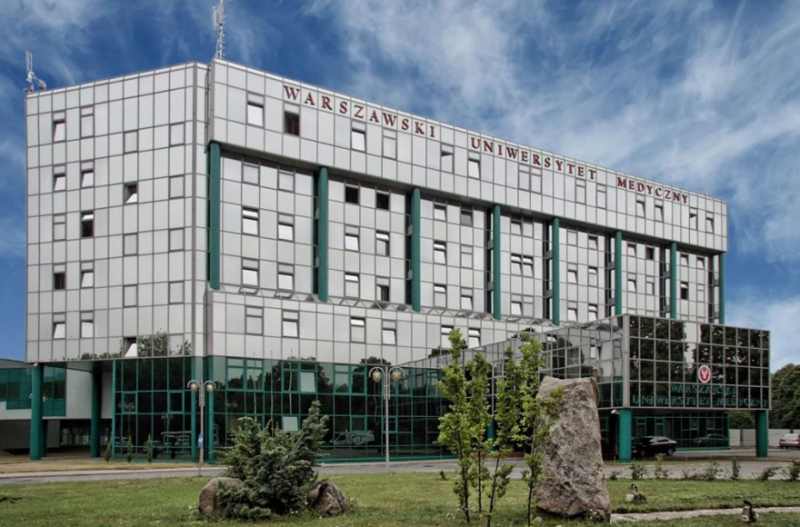
study.gov.pl 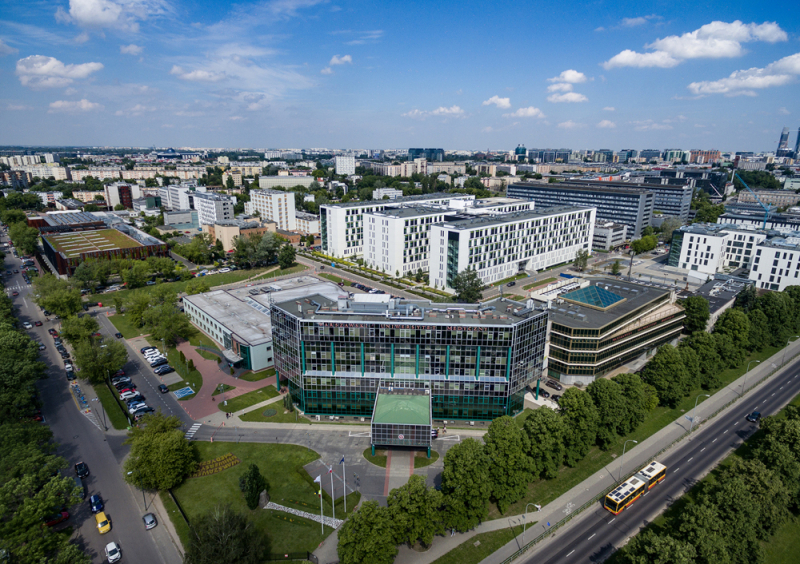
tricals.org -
Nicolaus Copernicus University in Toruń (NCU) was founded in 1945 and is now one of Poland's largest higher education institutions. It is named after the Renaissance mathematician and astronomer Nicolaus Copernicus, who was born in the northern Polish city of Toruń. NCU now has nearly 30,000 students enrolled. The university has grown significantly in recent years, with 16 faculties offering courses in 80 different fields of study at the undergraduate, master's, and doctoral levels. The majority of the faculties are on the Toruń Campus, but many of the medical facilities are on the university's second campus in the nearby city of Bydgoszcz.
International relations remain central to the NCU philosophy, and the university has established bilateral agreements with institutions all over the world, in addition to the Erasmus program. Individual departments also form their own international collaborations, with the Faculty of Economics collaborating extensively with universities in France and the History department collaborating with a Moscow University.
Some of NCU's research facilities are regarded as among the best in Poland. The Centre for Astronomy houses a 32-metre radio telescope, and astronomers Maciej Konacki and Aleksander Wolszczan are alumni. Other notable NCU alumni include poet Zbigniew Herbert and ethnographer Jan Rompsczi. Zbigniew Nowek, the former head of the Polish Intelligence Agency, and Tomasz Zaboklicki, the CEO of railway manufacturer PESA, both studied there.
Website: https://www.umk.pl/en/
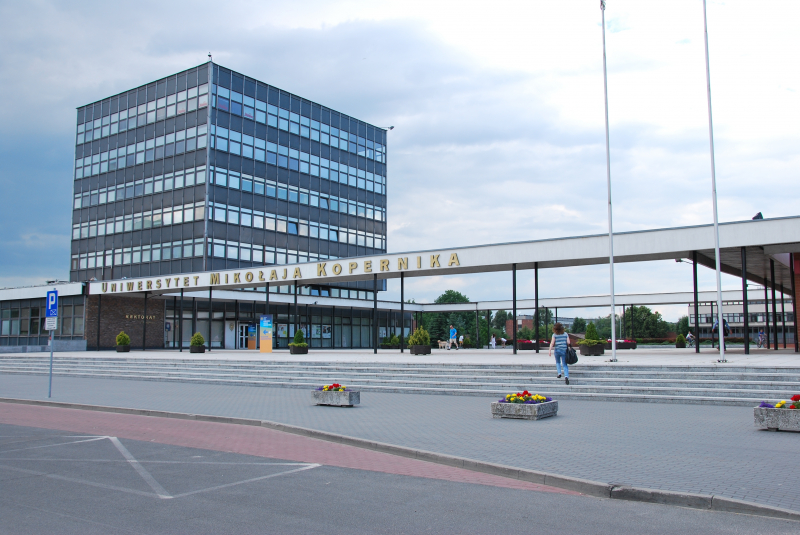
wikiwand.com 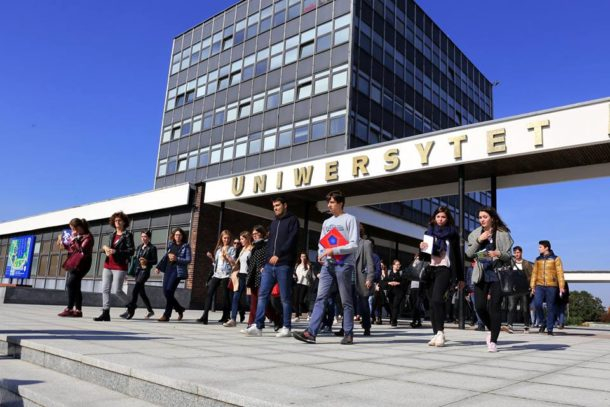
eduopinions.com -
The SWPS University of Social Sciences and Humanities, founded in 1996, is a private university with five campuses throughout Poland. It was elevated to the status of full university in 2016. The university has five campuses in major Polish cities, including Warsaw, Wroclaw, Sopot, Katowice, and Poznan. As a result, depending on which campus they attend, university students may be able to experience the sights and sounds of some world-famous European cities, many of which already have a strong student culture.
Aside from location, the university works hard to provide students with high-quality recreational facilities that vary by city. The campuses are well-connected to their host cities via public transportation. Private housing is also available through partner companies, and international students can get specific advice and support for adjusting to life in Poland.
It is a relatively large institution that provides a diverse range of academic programs for both undergraduates and postgraduates. Bachelor's degree programs in psychology, marketing, journalism, culture studies, law, business management, and various foreign languages are among them. Zanna Sloniowska, a journalist and novelist, historian Tomasz Kamusella, and chess master Agnieszka Brustman are among the famous alumni.
Website: swps.pl

study.gov.pl 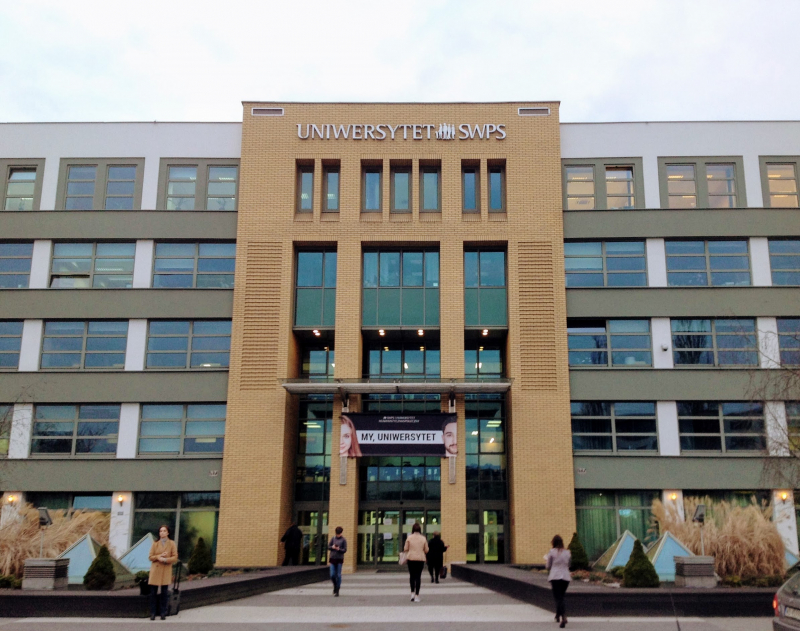
wikiwand.com -
AGH University of Science and Technology in Krakow, sometimes known as AGH UST, is a public university located in Krakow, Poland. The institution was established in 1913, and it was dedicated in 1919. The AGH UST is a modern university that focuses on developing cutting-edge technology. The university's research profile encompasses engineering disciplines, exact sciences, Earth sciences, and social sciences, with an emphasis on current economic and corporate goals.
The university is one of ten Polish higher education institutions to be designated as a research university. The university is made up of 16 faculties, a research center - the AGH UST Academic Centre for Materials and Nanotechnology – as well as other didactic centers and departments. The AGH UST has three educational levels: first-cycle, second-cycle, and third-cycle (doctoral schools). The university educates around 20,000 students and employs nearly 2,000 academics (including more than 200 professors and more than 500 associate professors).
The AGH UST consistently ranks top among Polish technical universities in international rankings, such as The Center for World University Rankings 2021 or the Academic Ranking of World Universities 2021.Website: https://www.agh.edu.pl/en/
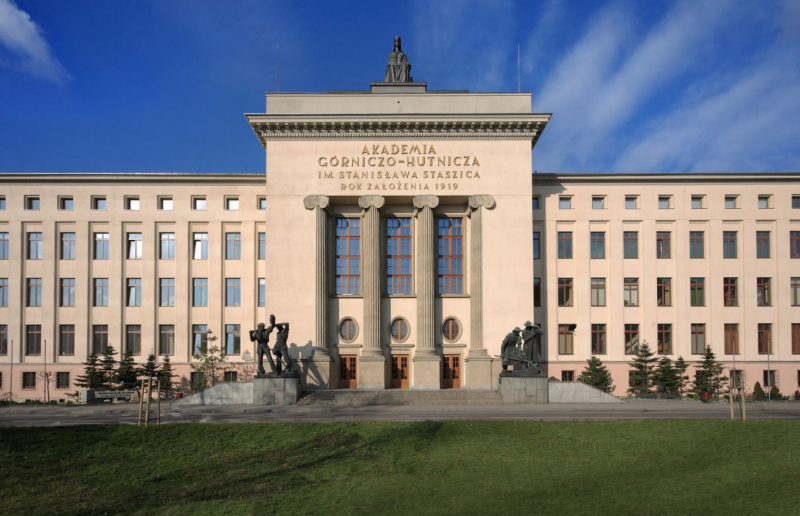
smapse.com 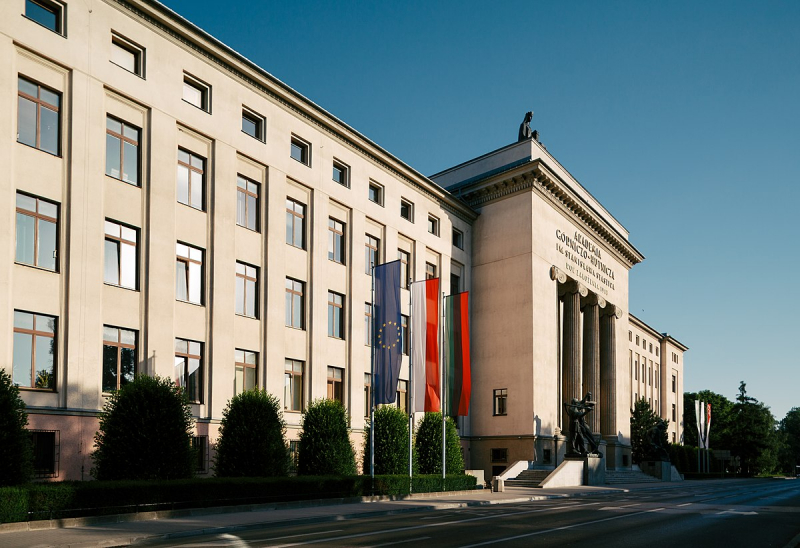
wikidata.org -
Cracow University of Technology is one of Poland's best public technical universities, with a 75-year history of educating engineers. Cracow University of Technology offers a wide range of English-taught bachelor's and master's degree programs, as well as courses. Some programs are organized in collaboration with foreign universities, allowing students to earn a double degree. All programs adhere to national legislation governing university education and are thus globally recognized. The European University Association (EUA) has accepted Cracow University of Technology as a member.
The European Network for Accreditation of Engineering Education has accredited the programs offered by the Faculty of Civil Engineering and the Faculty of Architecture. Furthermore, the Royal Institute of British Architects and the International Federation of Landscape Architects (IFLA) Europe have accredited the bachelor and master programs in architecture and landscape architecture, respectively.
The European Commission bestowed the Logo Human Resources Excellence in Research award on Cracow University of Technology. More than 160 international universities and institutes from more than 50 countries collaborate with the University. It has a solid 30-year partnership with the European Organization for Nuclear Research (CERN). Cracow University of Technology researchers were involved in the design and launch of the world's largest scientific instrument, the Large Hadron Collider.
Cracow University of Technology works closely with companies such as Microsoft, IBM, NOKIA, Motorola, CISCO, COMARCH, Caterpillar, Delphi, and Strabag, and the university has a technology transfer center. Students and alumni of Cracow University of Technology find professional jobs in regional, national, and global corporations.
Website: https://iro.pk.edu.pl/
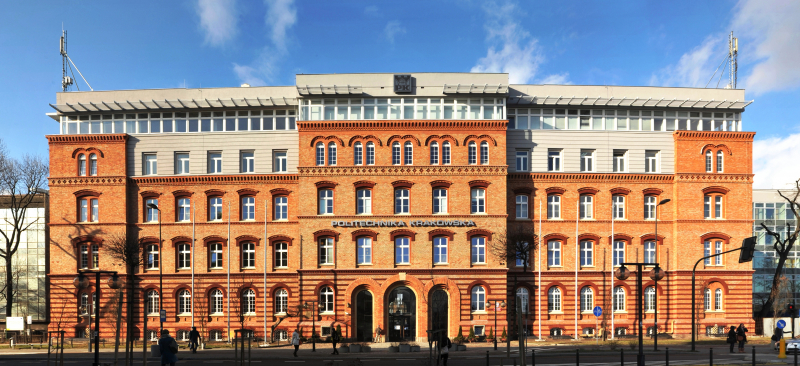
iro.pk.edu.pl 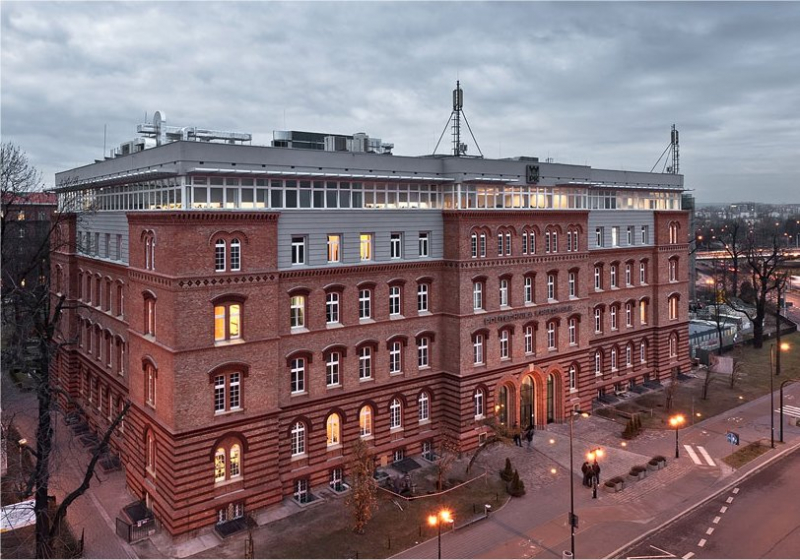
vi.wikipedia.org -
The University of Gdańsk (UG) was founded in 1970 as a result of a merger between the Higher Economics School in Sopot and the Higher Pedagogical School in Gdańsk. It later added the Higher Teacher Training School and has since grown to become the largest educational institution in the Pomerania region. UG has 11 faculties and is well-known throughout Poland for its studies in biology, biotechnology, economic sciences, law, psychology, pedagogy, quantum physics, oceanography, and chemistry. It also directs an important research center for the Kashubian language, a Pomeranian dialect of the Lechitic subgroup.
The University of Gdansk's buildings and scientific research stations span a large swath of the Polish coast, from Gdańsk to the Hel Penisula. The majority of its faculties are concentrated in the metropolitan areas of Gdańsk, Gdynia, and Sopot (known as Trójmiasto). The Gdańsk Oliwa Campus is home to the vast majority of students and faculty.
The marine facilities at the university, including the Hel Marine Station of the Institute of Oceanography, the Bird Migration Research Station, and the Biology Station, have an international reputation. The Hel Marine Station, known for its research into the protection of life in the Baltic Sea, works to restore threatened species such as the grey seal and the harbour porpoise. The University of Gdańsk has established connections with over 120 university-level institutions throughout Europe and the world. Donald Tusk, former Prime Minister of Poland and President of the European Council, is a notable alumni.
Website: https://en.ug.edu.pl/
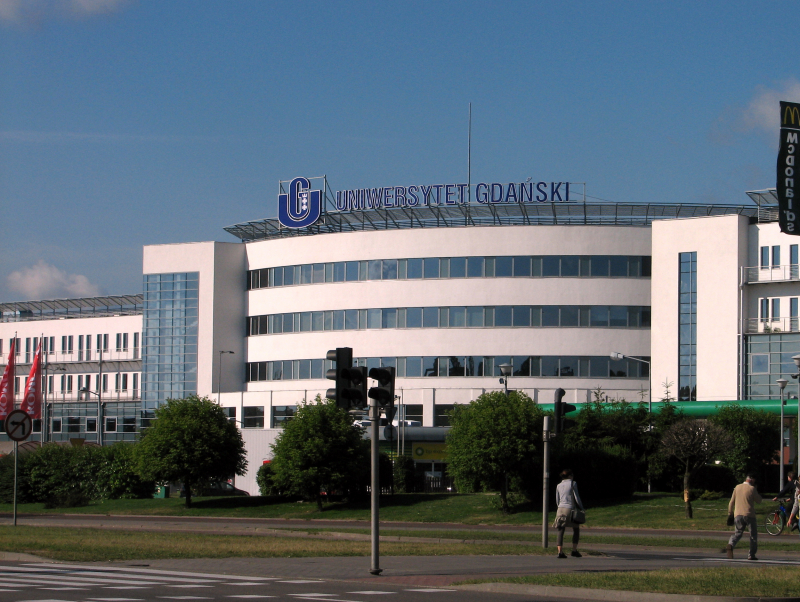
en.wikipedia.org 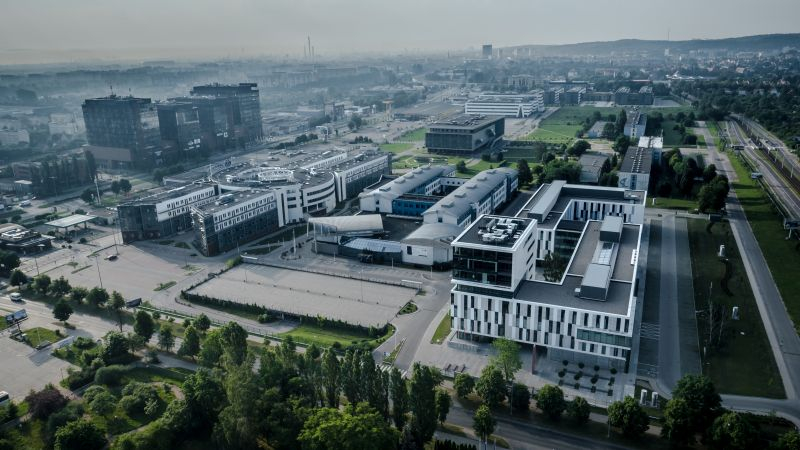
en.ug.edu.pl -
The University of Łódź was founded on May 24, 1945, just a few weeks after the end of World War II in Europe. It was formed as a result of a merger of educational institutes in Łódź, and it is now a highly regarded university in Poland. The university has 12 faculties spread throughout Łódź, Poland's third-largest city. The university campus has a large number of student dormitories, as well as modern sports facilities and a variety of entertainment options. The University of Łódź also has one of the largest academic libraries in Central Europe, housing approximately three million books.
It is also regarded as an extremely international university, with foreign nationals accounting for a sizable proportion of the 38,000 students currently enrolled. Furthermore, the university offers degree programs in Polish, French, English, and Russian, as well as the country's longest-running School of Polish for Foreigners, which was founded in 1952.
International relations are central to the philosophy of the University of Łódź, and as such, the university has agreements in place with over 200 higher education institutions worldwide, and it is also a participant in the Erasmus student exchange program. The university has collaboration agreements in place with ten universities around the world, including institutions in France, Finland, Germany, and the United States, allowing students at the University of Łódź to graduate with dual diplomas.
Former Polish Prime Minister and former President of the National Bank of Poland Marek Belka, Polish Justice Minister Krzysztof Kwiatkowski, and fantasy writer Andrzej Sapkowski are among the University of Łódź's famous alumni.
Website: https://www.uni.lodz.pl/en/
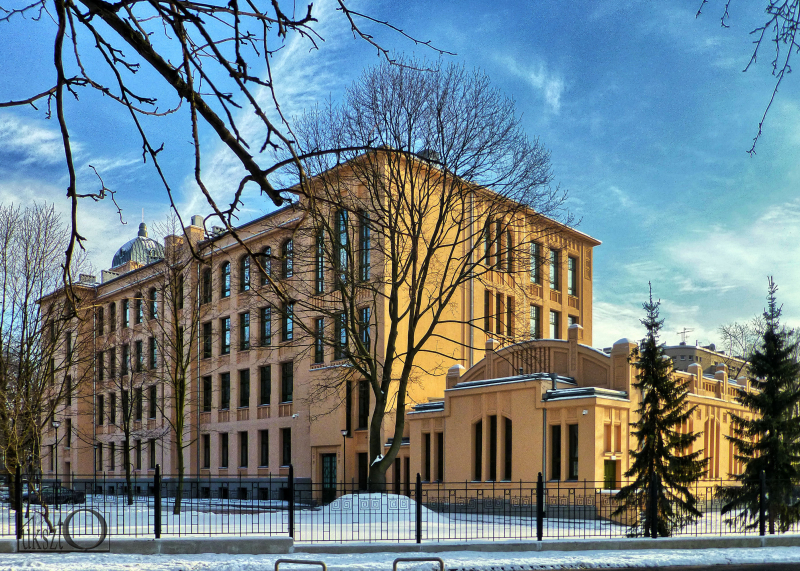
wikiwand.com 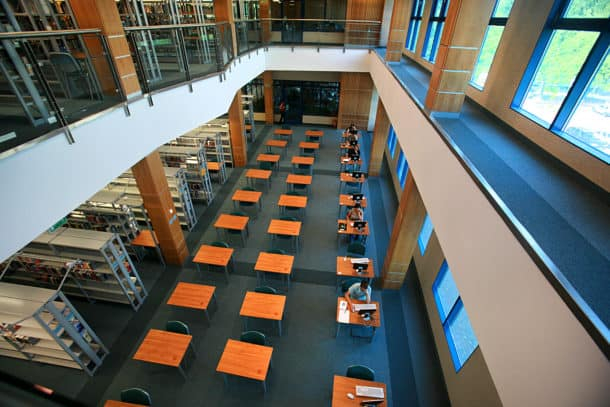
eduopinions.com -
Lodz University of Technology (TUL) was established only a few weeks after World War II ended in 1945. TUL's opening marked the culmination of nearly eight decades of campaigning by local industrialists. Lodz's textile industry had made it one of the largest in Poland, and there was some demand for technical education in the city. TUL began operations in a converted wool mill with just over 500 students in its first year. Today, the university has approximately 18,000 students and approximately 1,500 faculty members. Many of its nine faculties' courses are still taught in converted factory buildings from the town's industrial past.
Lodz University of Technology has a small international student population, and courses are taught in both English and French at the International Faculty of Engineering. Students can earn dual diplomas from TUL and a number of partner institutions in France, Finland, Denmark, the United Kingdom, and the Netherlands.
The European Commission awarded TUL the HR Excellence in Research certification in 2016. The university's research focuses on advanced technologies for sustainable development, which are divided into six subfields: advanced materials technologies, energy, environment, and infrastructure, information technologies, production, human resources, and finance management systems, industrial biotechnology, and biomedical engineering.
TUL, along with the University of Lodz and the Medical University of Lodz, is one of three state-owned universities in Lodz. In addition, the city is home to a number of other higher education institutions. The Polish government plans to test a new superfast 5G mobile network in the city, and TUL will make room on its campus for startups interested in experimenting with the new technology.
Website: https://p.lodz.pl/en
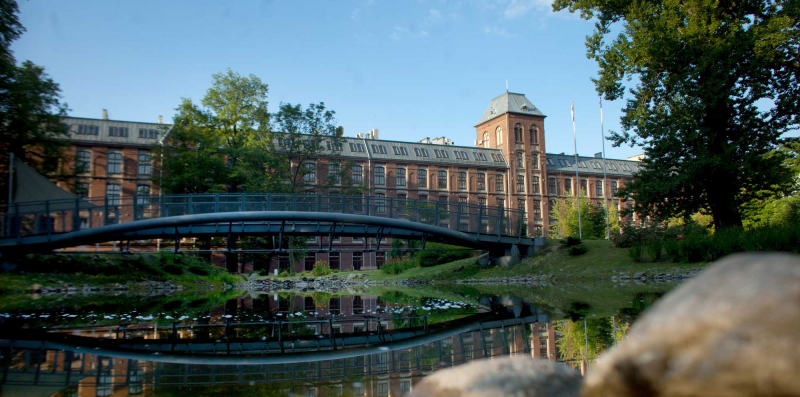
eciu.org 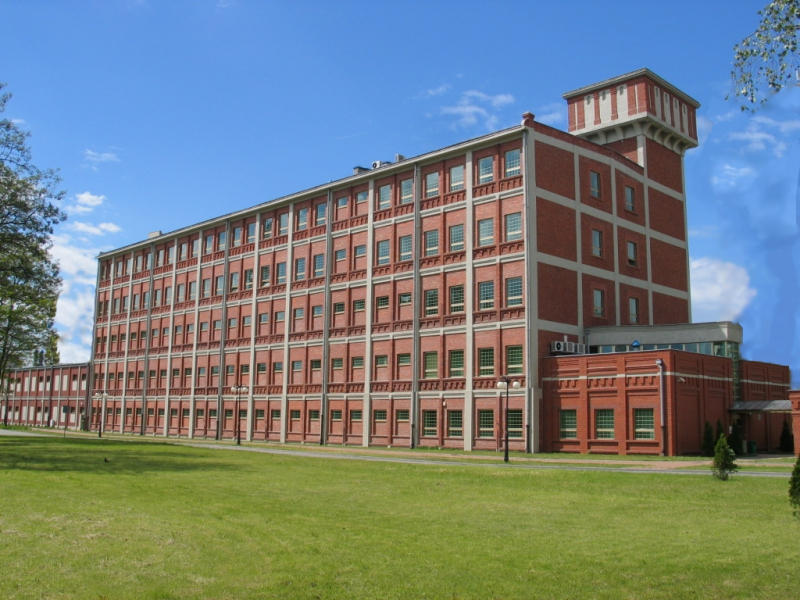
wikiwand.com -
The largest higher education institution in eastern Poland is Maria Curie-Skłodowska University (UMCS), which was founded in 1944. Maria Curie Sklodowska, a Polish-born French physicist who discovered radium and polonium, inspired the university's name. She was the first and only woman to win the Nobel Prize twice, as well as the only person to win the prize in two different fields of science. The university is located in the eastern Polish city of Lublin. The city is located on Poland's eastern border with Ukraine and Belarus.
Arts, biology and biotechnology, chemistry, economics, philosophy and sociology, humanities, mathematics, physics and computer science, earth sciences and spatial management, education and psychology, political science and journalism, and law and administration are among the 11 faculties at the university. Each faculty offers a wide range of bachelor's, master's, and doctoral degree programs.
The university also has a branch campus in Puławy, which was founded in 2013. This campus offers engineering and technical chemistry degree programs developed by the university in collaboration with the Puławy Nitrogen Plant and the New Chemical Syntheses Institute.
The International Cooperation Centre is in charge of supervising academic and scientific collaborations between the university and scientists from around the world. To facilitate these collaborations, the university has formed partnerships with over 200 international higher education institutions.
Website: https://www.umcs.pl/en/
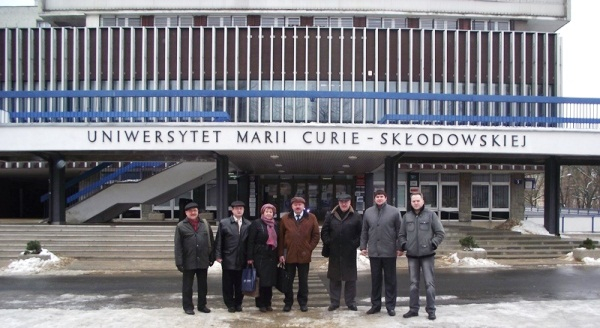
edulinks.vn 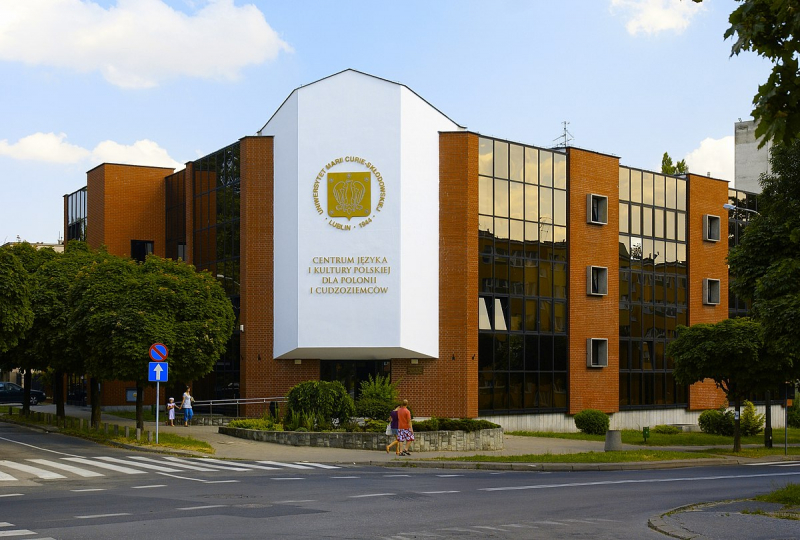
wikidata.org -
The Poznań University of Technology (PUT) is a Polish university located in Poznań. It is regarded as one of Poland's top technical universities. Architecture, chemical technology, civil and environmental engineering, computing, electrical engineering, electronics and telecommunications, engineering management, machines and transportation, mechanical engineering and management, and technical physics are among the ten faculties at the university. At the institution, there are approximately 27 fields of study with over 100 specialisations.
Poznań University of Technology was the first Polish university of technology to join the Conference of European Schools for Advanced Engineering Education and Research (CESAER), which brought together the best European engineering colleges and universities of technology in 1995.
The university is a significant scientific research center. The funding for research projects grows year after year, and the staff's accomplishments make a significant contribution to modern technical sciences. The Foundation of Polish Science has recognized academics at the university. This is commonly known as the "Polish Nobel Prize."
Many student organizations and student circles, as well as the radio station Afera, are based at the university.
Students can join a variety of sports teams, including hockey, korfball, and basketball. There is also a sports center where students can participate in activities such as handball, basketball, volleyball, korfball, badminton, floorball, and tennis. There are also aerobics and martial arts rooms, as well as a gym and other amenities. There are also a number of well-known dance ensembles and choirs. The Centre of Culture at the university aims to introduce students to Polish culture and tradition.
Website: https://www.put.poznan.pl/en
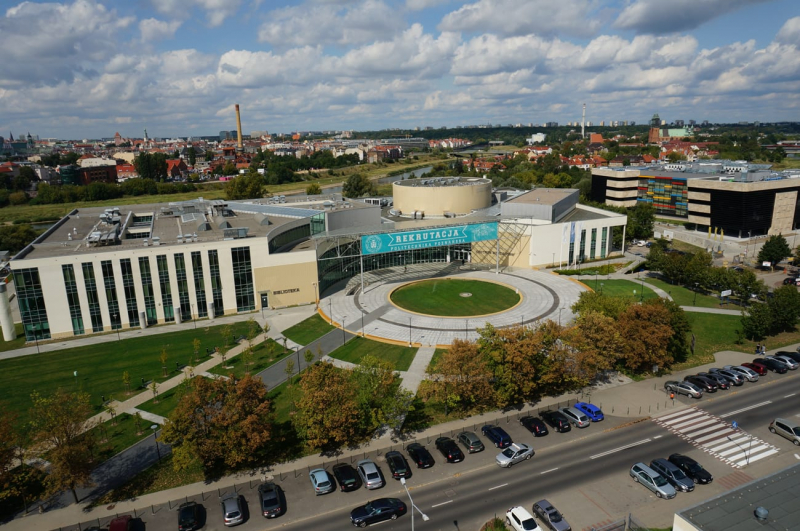
univero.cc 
newsweek.com

















